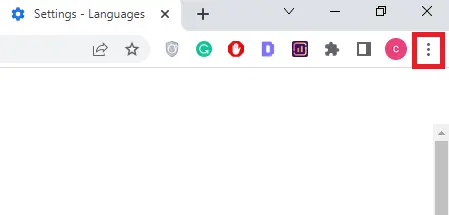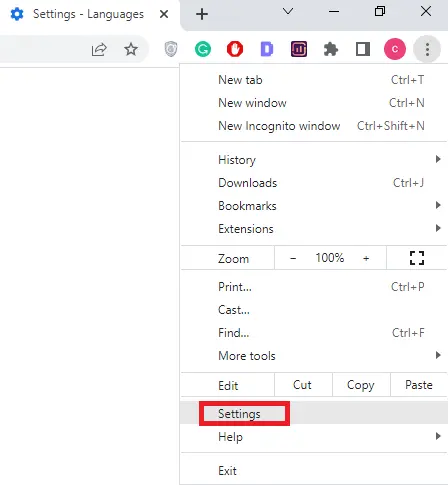How to Disable Live Captions on Google Chrome and Android Phones

How to Turn Off the Live Caption Feature on Google Chrome
Step 1: Click the 3 dots on the upper right corner of Google Chrome.



How to Disable the Live Caption Feature on Android Phones
Step 1: Tap the "Volume Up" or "Volume Down" buttons on the side of your phone. Step 2: Click the "Three Dots" to expand.

What is Live Captioning and Why Use It?
Live captioning, also known as real-time captioning, is a powerful tool that provides real-time text display of spoken words during live events, presentations, videos, and other forms of media. Accessibility is essential and has a great impact on any kind of content. With advancements in technology, it is now possible to make information more accessible to a broader audience.-
Enhanced Accessibility
One of the primary reasons why live captioning is important is its ability to enhance accessibility. It provides a valuable service for individuals with hearing impairments, enabling them to fully participate and engage in various events, whether they are in-person or online. Live captions act as a bridge, ensuring that the spoken content is accessible to those who may not be able to hear it. Moreover, live captioning benefits not only individuals with hearing impairments but also those who are non-native speakers, have difficulty processing auditory information, or are in environments where audio cannot be heard clearly. By providing real-time text, live captioning ensures that everyone can comprehend and engage with the content effectively. -
Inclusive Communication
Inclusion is a crucial aspect of any society or community. Live captioning plays a significant role in fostering inclusive communication by breaking down communication barriers. It allows individuals with hearing impairments to actively participate in conversations, presentations, and events, promoting equal opportunities for engagement and interaction. In addition, live captioning helps individuals with hearing impairments to access educational resources, webinars, and training sessions, enabling them to pursue personal growth and professional development on an equal footing with others. By using live captioning, organizations and institutions can create an inclusive environment where everyone can contribute and benefit from the exchange of ideas. -
Accuracy and Clarity
Live captioning utilizes cutting-edge technology and skilled professionals to provide accurate and clear captions in real time. The advancements in automatic speech recognition (ASR) technology have significantly improved the accuracy of live captions, minimizing errors and providing a more reliable representation of the spoken content. Accurate and clear captions are essential for effective communication. They help viewers better understand the context, nuances, and specific details of the content being presented. Live captioning ensures that important information is not missed or misinterpreted, allowing individuals to follow along with the speaker or presenter seamlessly. -
Multilingual Capabilities
Another advantage of live captioning is its multilingual capabilities. With the ability to provide real-time translations, live captioning allows individuals who speak different languages to access and understand the content. It eliminates language barriers and fosters cross-cultural communication and exchange of ideas. By using live captioning, organizations can reach a global audience, expand their reach, and engage with individuals from diverse backgrounds. This feature is particularly beneficial for international conferences, webinars, and online events where participants may come from various linguistic backgrounds.
